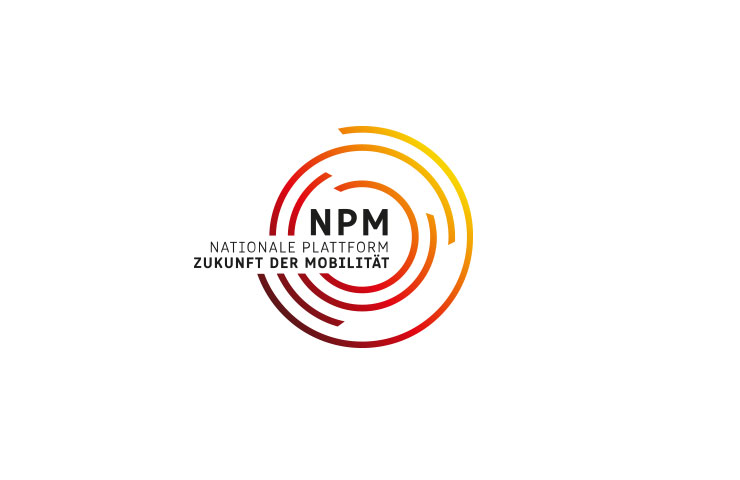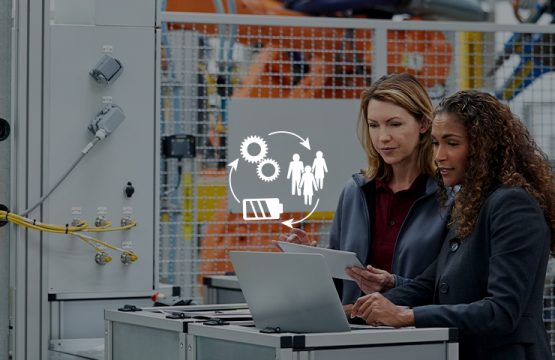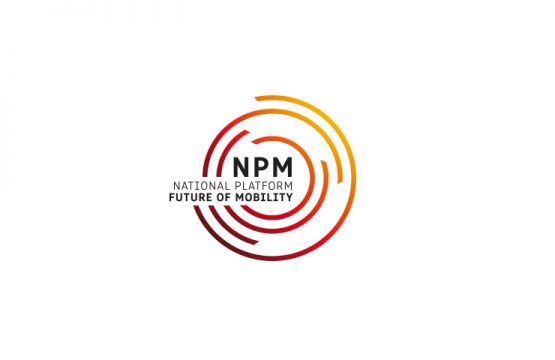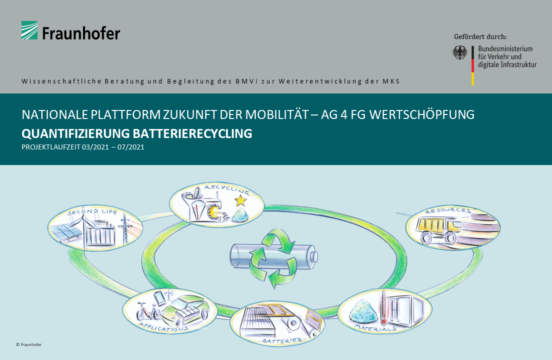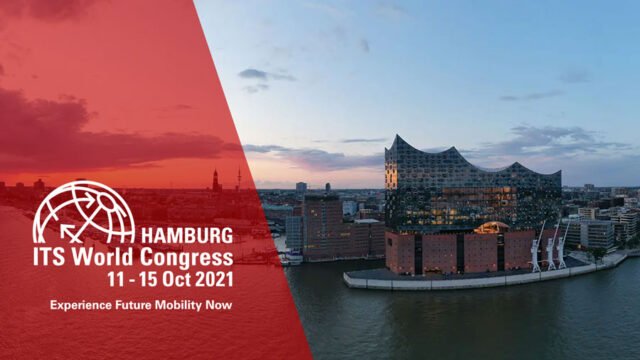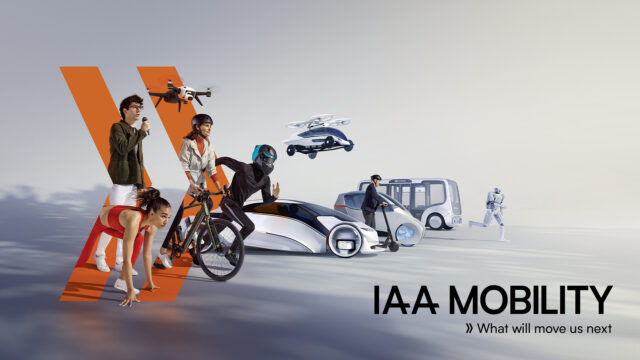In today’s 11th meeting of the NPM Steering Committee, the content of the work of the NPM for the current year was discussed and organised. Three new reports drawn up by Working Groups 2, 4 and 5 were the first results to be presented for 2021.
WG 2: Roadmap “Market ramp-up of alternative drives and fuels from a technological perspective”
In preparing the roadmap, both the targets set out in the Federal Climate Change Act for the transport sector and the EU directives regarding the development of fleet emissions by 2030 were taken into account. The roadmap aims at demonstrating measures that complement one another rather than just a random bundle of recommendations for action. The roadmap does not give preference to one technology over another, but looks at the market ramp-up of the different modes of transport individually. What is important here is to recognise that not all technology options are equally suited to all applications. A clear picture is emerging for the technology development paths for cars, light and heavy commercial vehicles as well as for alternative fuels, in particular in aviation and shipping, but also in road transport. The roadmap provides a description of the likely market ramp-up and specific recommendations for action in the areas of alternative drives for cars and light commercial vehicles, alternative drives for heavy commercial vehicles as well as for biofuels and e-fuels for road, air and waterborne transport.
WG 4: Position paper “Fuel Cell”
A qualitative analysis of the value network “fuel cell” aims to show the current situation of hydrogen and fuel cell technologies in the automotive sector in Germany and Europe according to the NPM’s experts as well as action yet to be taken in order to increase and strengthen global competitiveness in a sustainable way. The position paper “Fuel Cell” provides a qualitative analysis of the status quo of the value network surrounding the production of fuel cells and their components, with a particular focus on automotive uses. The paper looks at the individual steps during value creation: from raw materials via membrane electrode assembly (MEA), the production of bipolar plates (BPP), stack and system assembly to recycling.
WG 5: Report “Charging infrastructure for battery–electric lorries”
In light of the fleet limits that will come into force for heavy duty vehicles from 2025, there is an increasing need to take action so as to pave the way for ramping up electromobility in the lorry sector. This report therefore aims to highlight specific courses of action that are required to achieve an appropriate, financially viable and extensive build-out of private and public charging infrastructure for battery electric lorries (BEV lorries). The report defines various charging scenarios for private depot charging and public charging, provides an overview of the preparation needs in terms of charging technology and details the challenges as well as concrete recommendations for action for the development of private and public charging infrastructures.
Status reports and work plans for the working groups
With a view to achieving the climate goals for transport set for 2030, WG 1 is currently tackling the topics of alternative drives for cars, rail transport and urban mobility. WG 2 is working in close co-operation with WGs 1 and 5 and is dedicating its work in the coming months to the topic of customer acceptability of e-vehicles. WG 3 is providing support to the real-life laboratory for digital mobility in Hamburg which it initiated and is preparing other topics around intermodal and autonomous mobility. This also includes the design of a workshop to prepare for the dialogue and participation strategy in the mobility sector. After the qualitative analysis of value chains, WG 4 is now focussing on quantifying possible effects of battery cell production and battery recycling on value creation and employment. In the area of strategic personnel planning and development, the development of a toolbox to support SMEs in particular in their personnel planning is being pushed forward, as well as tests for a concept for regional competence hubs using the pilot regions Lower Saxony, Baden-Wuerttemberg and Hesse. WG 5 will spend the coming weeks looking at hydrogen infrastructure and energy needs. In dealing with issues around standardisation and norms, WG 6 is working in close co-operation with WG 3 regarding intermodal mobility and with WG 4 regarding battery recycling. Another topic is international engagement in harmonising global standardisation projects.
Research needs
Representatives of the competent departments of the Federal Ministries of Transport and Digital Infrastructure as well as of Education and Research informed the Steering Committee on the next steps in terms of the research needs identified in the area of mobility.
